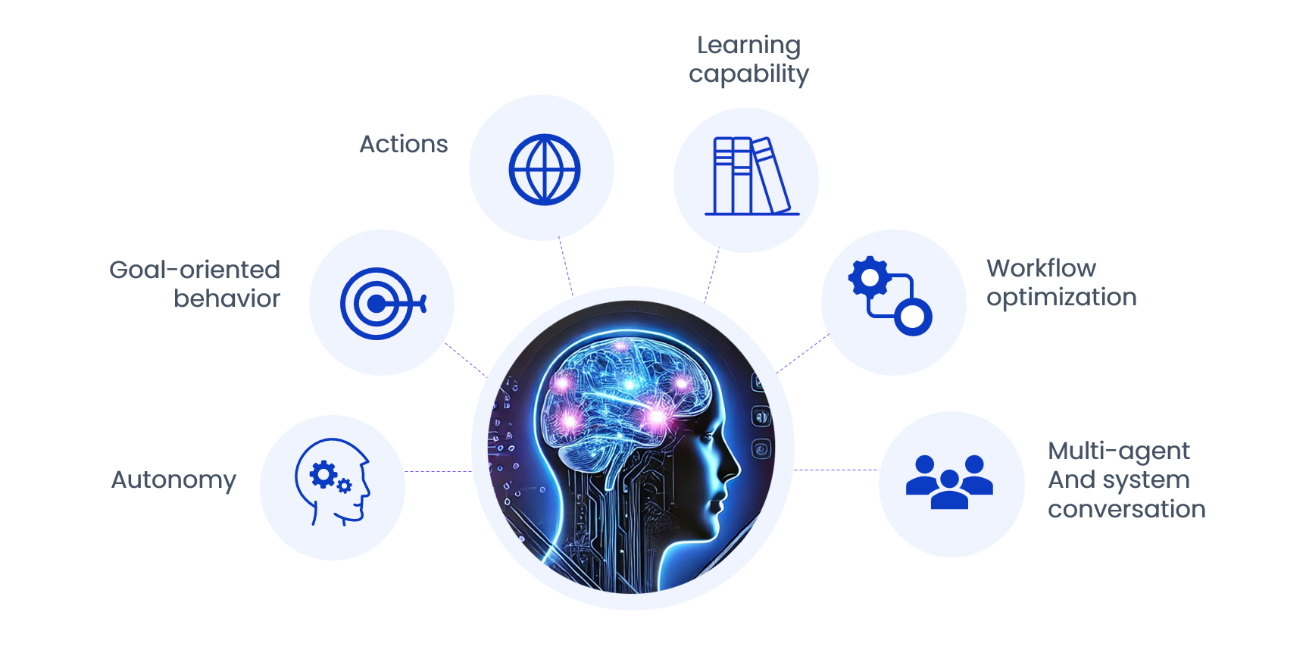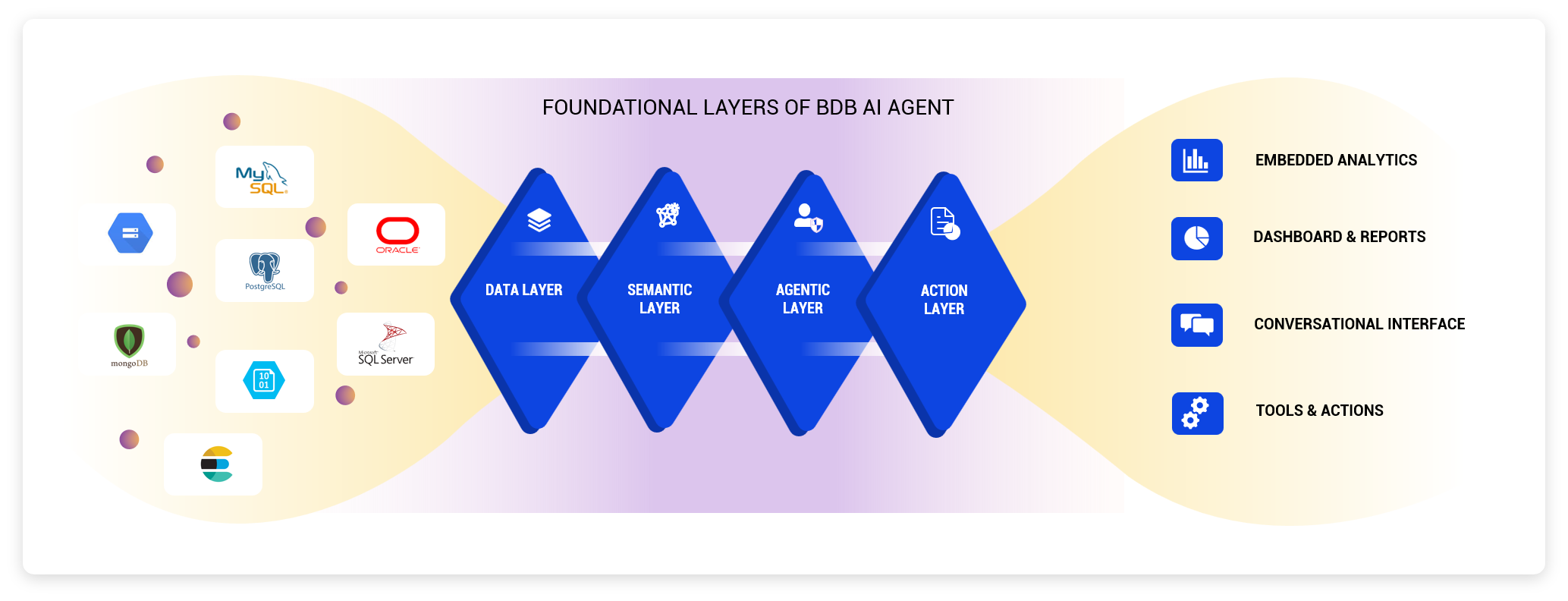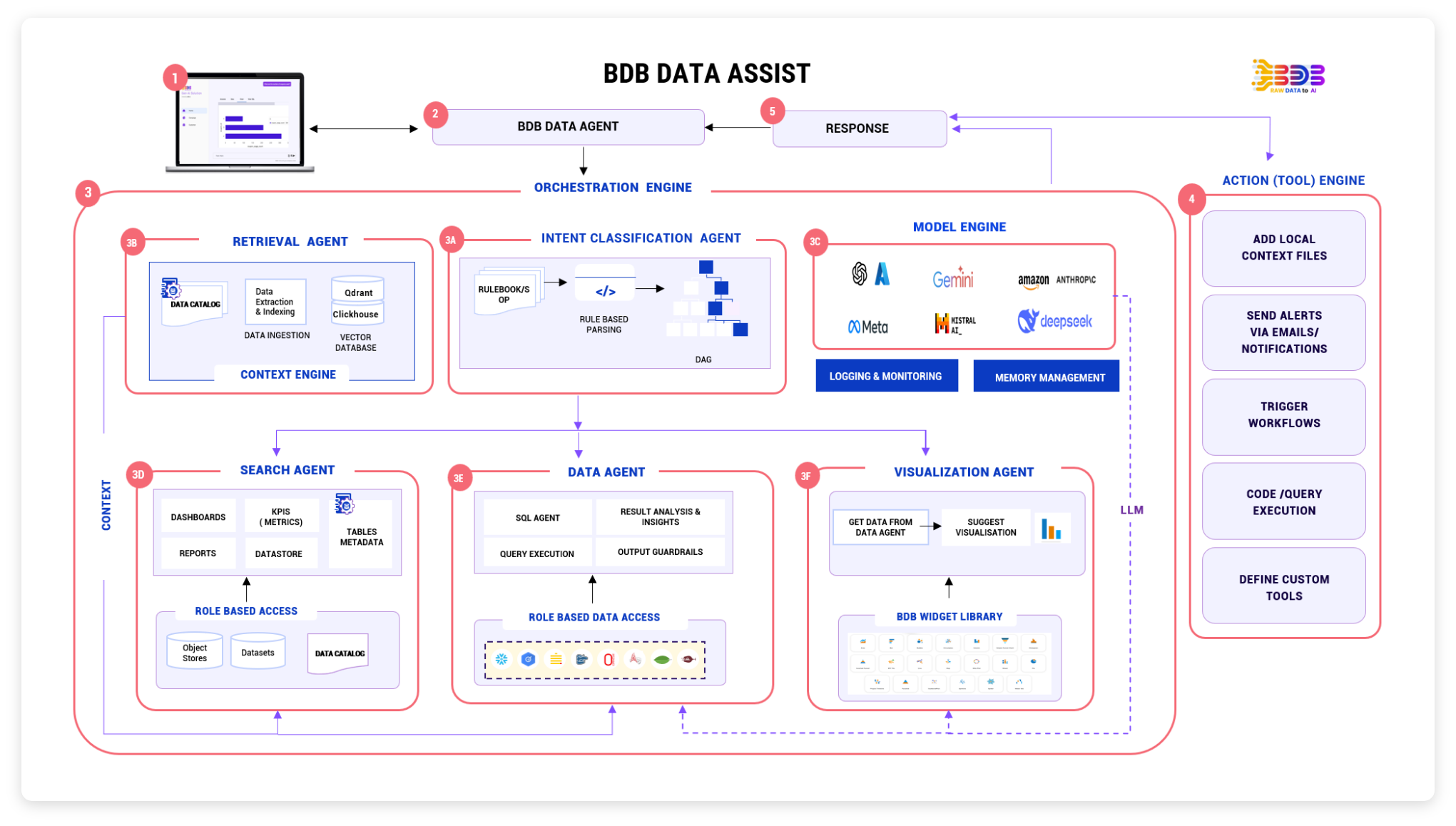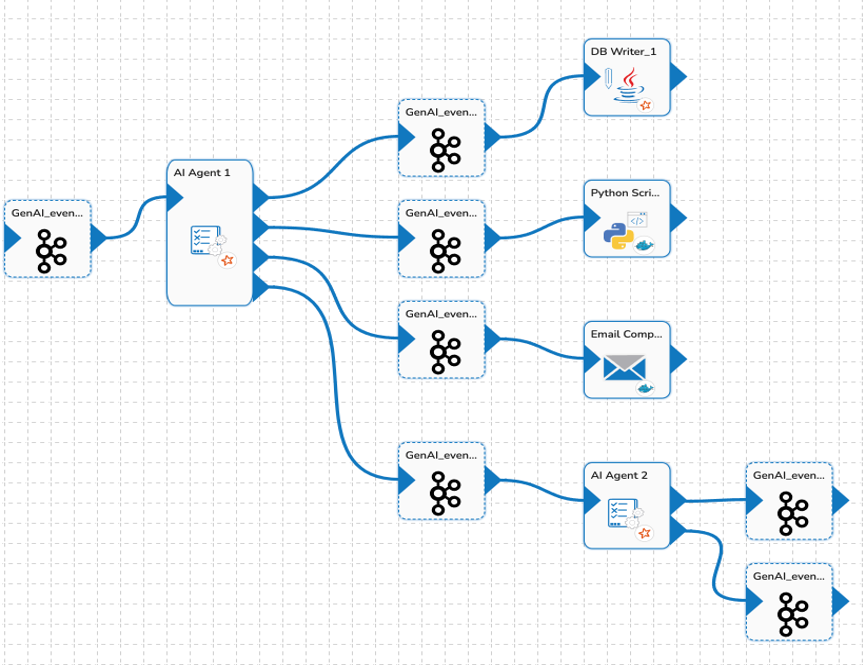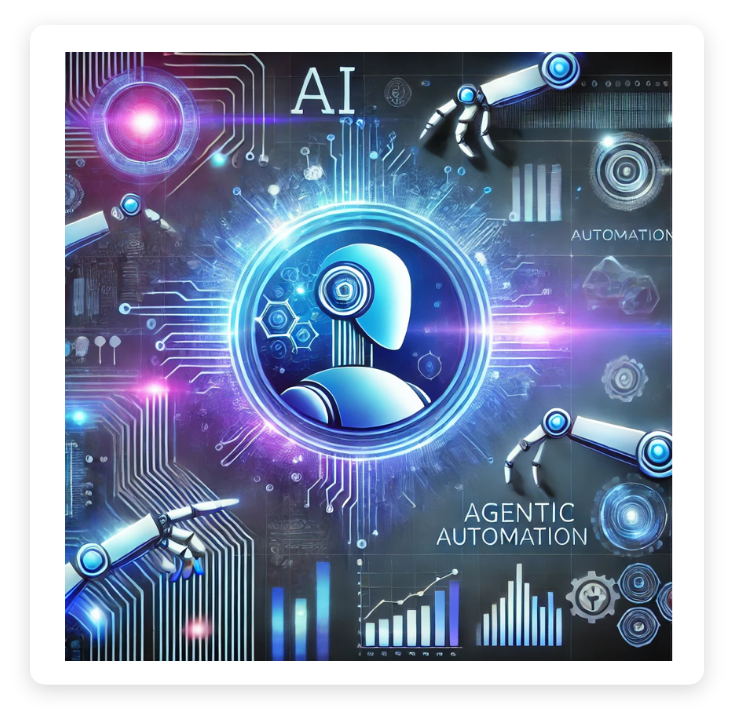Key aspects of Agentic AI

Autonomy
Agentic AI systems can operate independently, making decisions based on their programming, learning, and environmental inputs.

Goal-oriented behaviour
These AI agents are designed to pursue specific objectives, optimising their actions to achieve the desired outcomes.

Actions
An agentic AI interacts with its surroundings, perceiving changes and adapting its strategies accordingly.

Learning capability
Many agentic AI systems employ machine learning or reinforcement learning techniques to improve their performance over time.

Workflow optimisation
Agentic AI agents enhance workflows and business processes by integrating language understanding with reasoning, planning, and decision-making.

Multi-agent and system conversation
Agentic AI facilitates communication between different agents to construct complex workflows. It can also integrate with other systems or tools.
